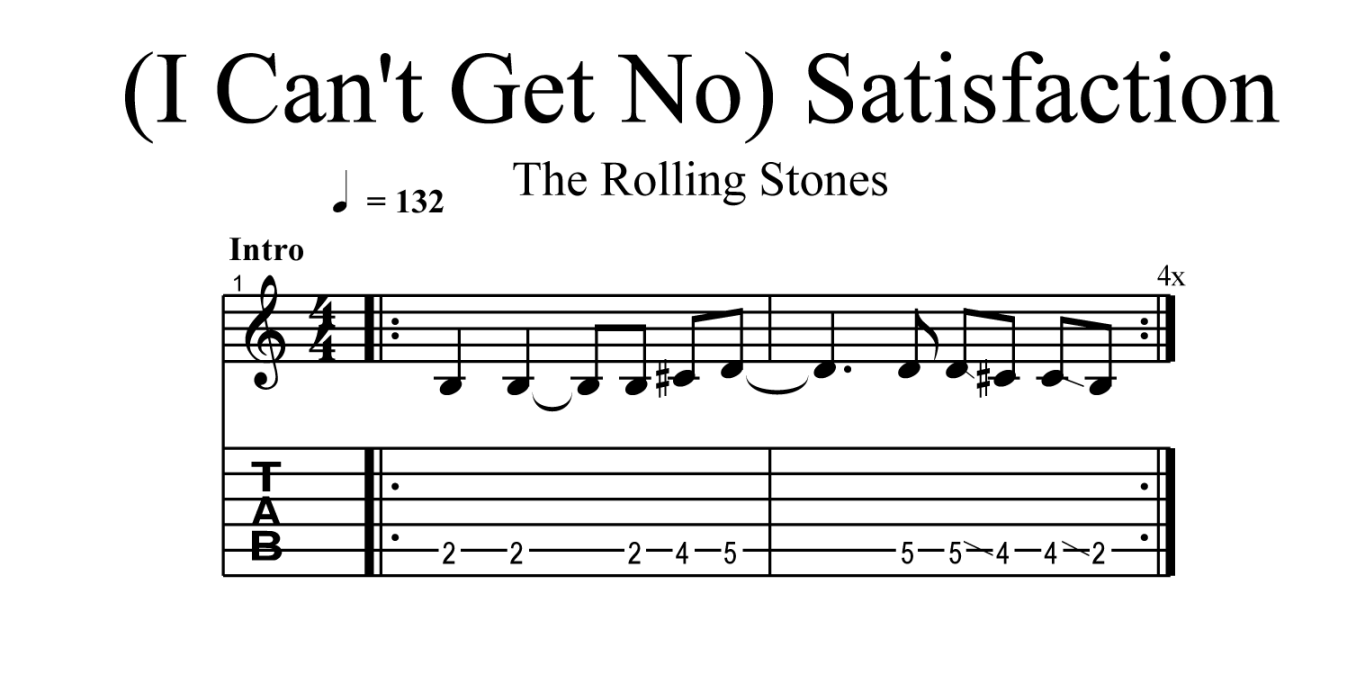—
Guitar Riffs For Beginners: Your First Steps to Rock Stardom (Or Just Jamming in Your Room)
So, you’ve got a guitar. Awesome! Now, instead of just strumming Chords, you want to dive into the cool stuff: riffs. Those catchy little melodic lines that make songs instantly recognizable. But where do you start? Don’t worry, we’re going to break it down, step by step, so you can go from newbie to riff-master (or at least riff-adept).
Understanding Riffs: What’s the Fuss?
First things first, what exactly is a riff? It’s basically a short, repeated musical phrase, often played on a guitar, that forms the backbone of a song. Think of the iconic intro to “Smoke on the Water” or “Seven Nation Army.” That’s the power of a good riff. They’re memorable, they’re fun to play, and they’re a great way to impress your friends (or at least your cat).
Getting Started: The Basics You Need

Before we jump into specific riffs, let’s cover some essential groundwork. You’ll need:
A Guitar (Obviously): Electric or acoustic, whatever you’ve got.
Simple Riffs to Get You Going
Now, let’s get into some actual riffs. We’ll start with easy ones, perfect for beginners:
“Smoke on the Water” (Deep Purple)
This is the ultimate beginner riff. It’s simple, iconic, and uses just a few notes. Here’s a simplified breakdown:
Start on the D string, 3rd fret.
It sounds easy because it is! This riff teaches you how to move between strings and play consistent rhythms.
“Seven Nation Army” (The White Stripes)
Another classic, this riff is based on a simple bassline but sounds great on guitar. It’s all about single notes and a catchy rhythm.
Start on the E string, 7th fret.
It has a distinctive sound and is great for practicing single-note playing.
“Day Tripper” (The Beatles)
This riff introduces you to some more complex rhythms and string bending.
Start on the E string, 12th fret.
This will teach you how to bend a note, which is a key technique in rock and blues.
Tips and Tricks for Riff Mastery
Here are some tips to help you along the way:
Start Slow: Don’t try to play fast right away. Focus on accuracy and clean notes.
Moving Beyond the Basics
Once you’ve mastered these beginner riffs, you can start exploring more complex ones. Look into blues riffs, rock riffs, and even metal riffs. There’s a whole world of guitar riffs out there waiting for you. Learn about power chords, scales, and different guitar techniques.
The Importance of Rhythm
Rhythm is just as important as the notes themselves. Pay close attention to the timing and feel of the riff. Use a metronome to keep yourself in check. Understanding rhythm will elevate your playing significantly.
Learning by Ear
Eventually, you’ll want to start learning riffs by ear. This means listening to a song and figuring out the notes yourself. It’s a challenging but rewarding skill that will greatly improve your musicianship.
Conclusion
Learning guitar riffs is a fantastic way to improve your playing and have fun at the same time. Start with simple riffs, practice regularly, and don’t be afraid to experiment. With patience and dedication, you’ll be playing your favorite riffs in no time. Remember, every guitar legend started somewhere, and those first few riffs are the foundation for everything that follows. So, pick up your guitar, crank up the amp, and start riffing! You’ve got this.

